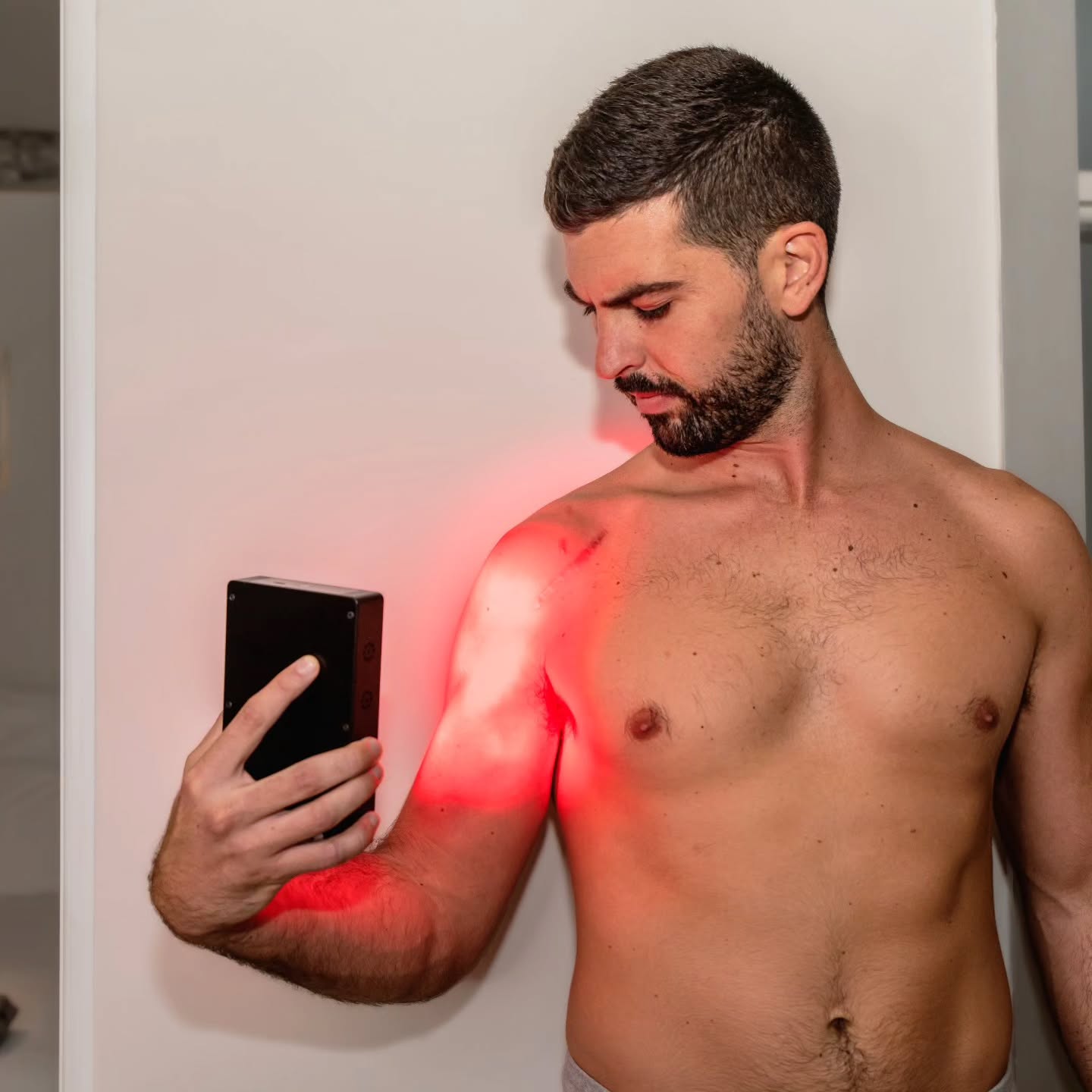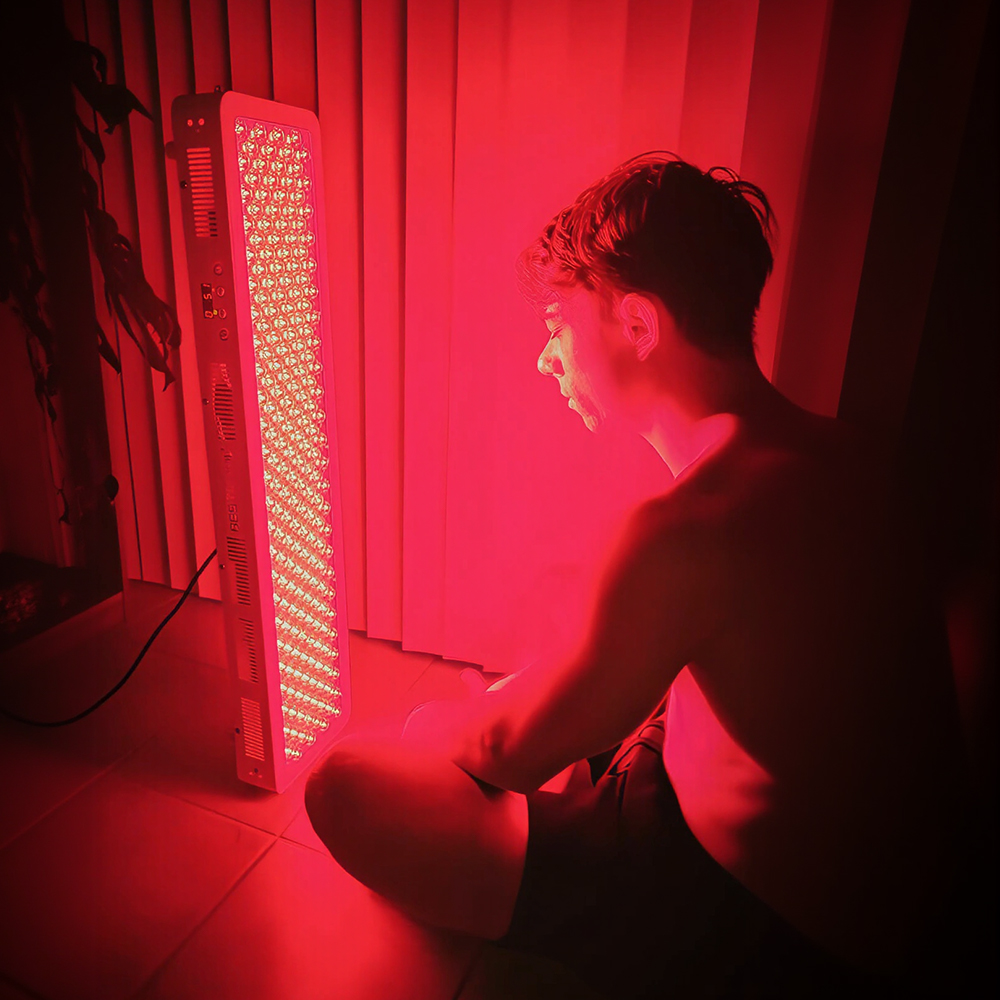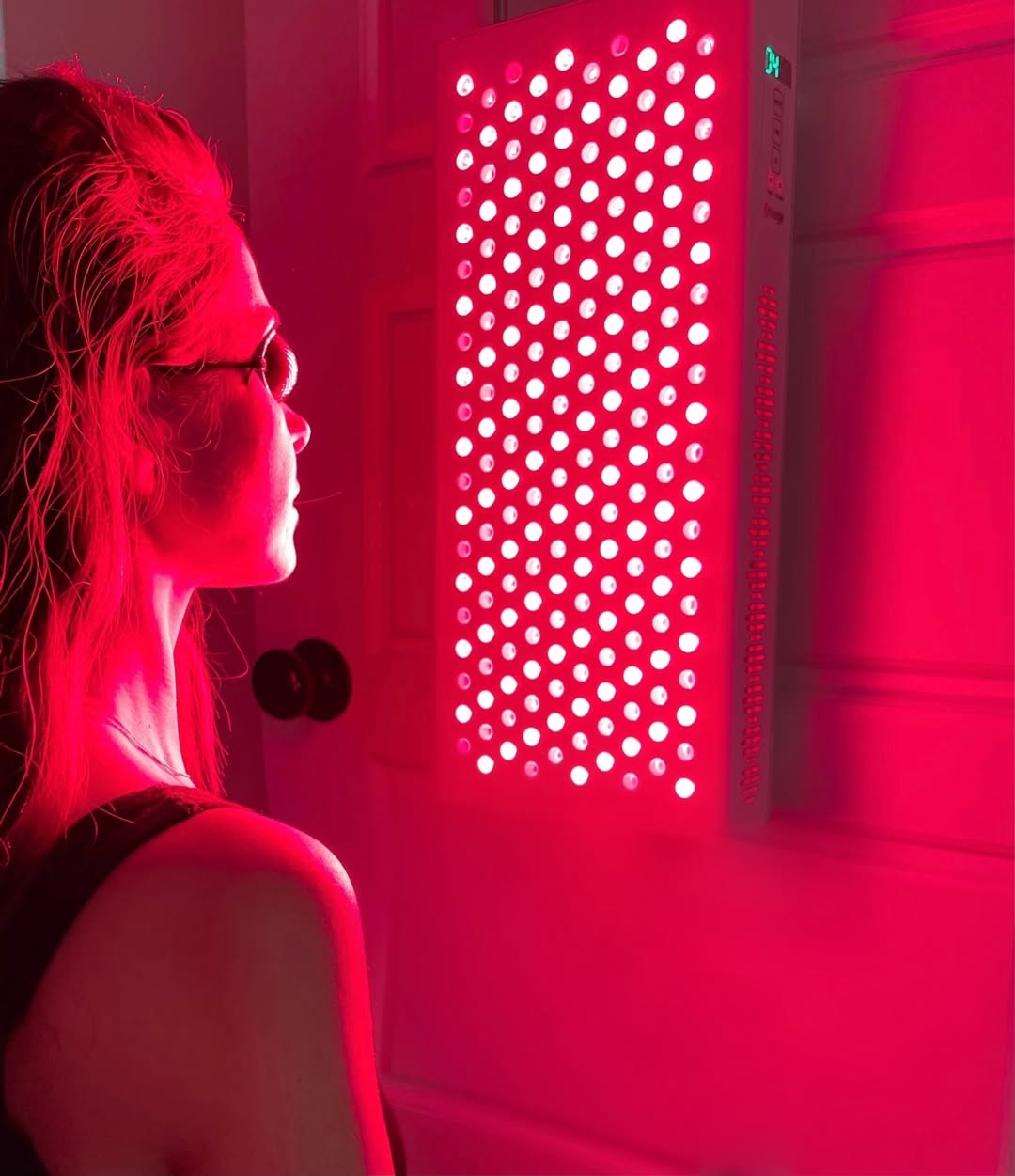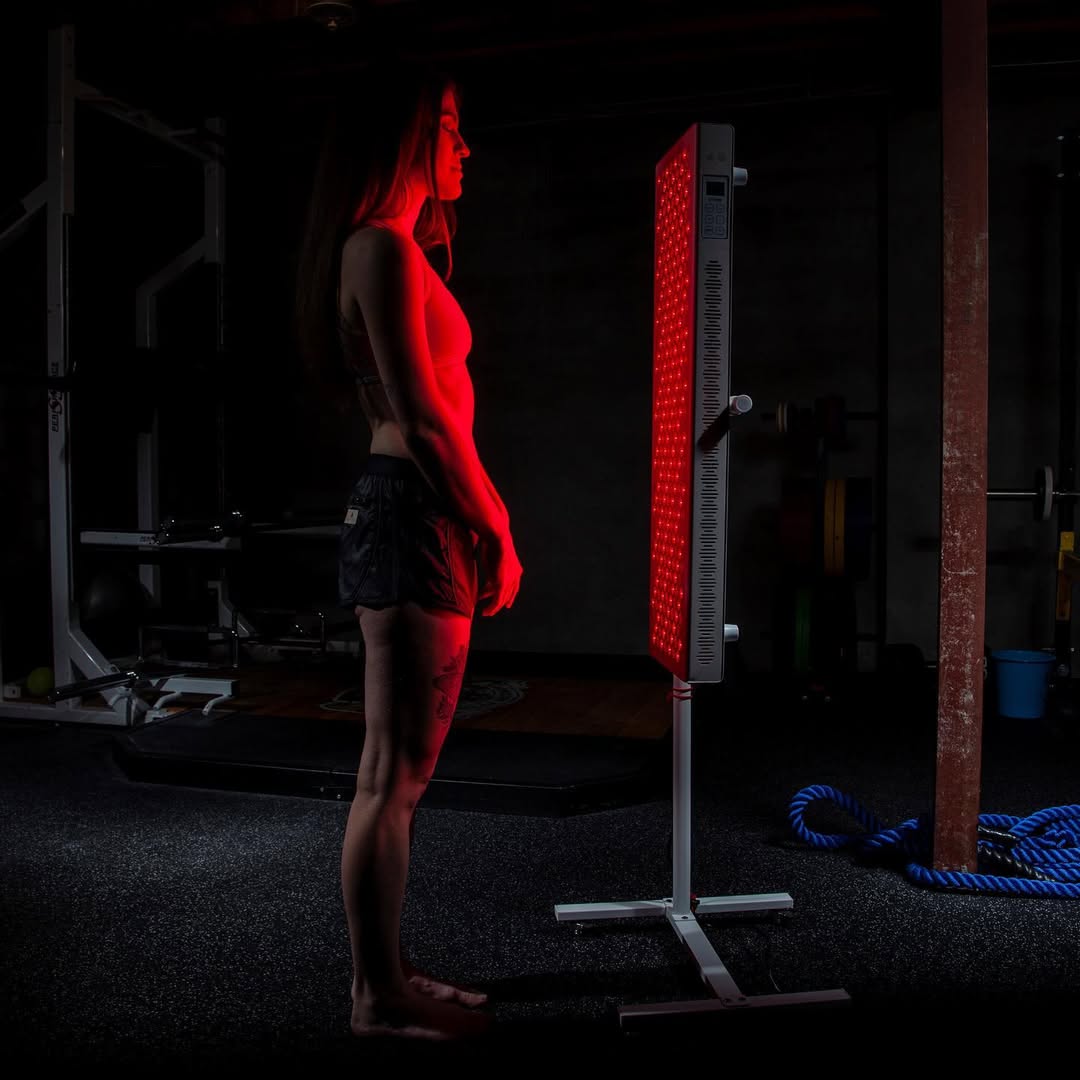![]() Free Shipping
Free Shipping ![]() Buy Now, Pay Later
Buy Now, Pay Later ![]() Eligible
Eligible
Easing Tendonitis Pain from Home: Unpacking the Advantages of Red Light Therapy

The Frustration of Tendonitis
If you’ve ever suffered from tendonitis, you know how debilitating it can be. That sharp, nagging pain in your elbow (tennis elbow), wrist, shoulder (rotator cuff tendonitis), or Achilles tendon can make even simple tasks feel impossible. Traditional treatments like rest, ice, anti-inflammatory medications, and physical therapy help, but what if there was a way to accelerate healing from the comfort of your home?
Enter red light therapy (RLT)—a non-invasive, drug-free treatment gaining traction for its ability to reduce pain and inflammation while promoting tissue repair. But does it really work for tendonitis? Let’s dive into the science, benefits, and practical ways to use red light therapy at home.
Understanding Tendonitis: Why It’s So Stubborn to Heal
Tendonitis occurs when a tendon—the fibrous tissue connecting muscle to bone—becomes inflamed due to overuse, injury, or repetitive strain. Unlike muscles, tendons have poor blood supply, meaning they heal slowly. Chronic tendonitis can even lead to tendinosis, where the tendon degenerates over time.
Common types include:
- Tennis/Golfer’s Elbow (lateral/medial epicondylitis)
- Achilles Tendonitis
- Rotator Cuff Tendonitis
- Patellar Tendonitis (Jumper’s Knee)
Standard treatments focus on reducing inflammation, but since tendons heal slowly, recovery can take weeks or months. This is where red light therapy offers a promising alternative.
What is Red Light Therapy?
Red light therapy (also called low-level laser therapy or photobiomodulation) uses specific wavelengths of red and near-infrared (NIR) light to penetrate the skin and stimulate cellular repair. Unlike UV light, which damages skin, RLT is safe and painless.
How It Works:
- Boosts Mitochondrial Function – Light energy enhances ATP (cellular energy) production, helping cells repair faster.
- Reduces Inflammation – Modulates cytokines (inflammatory markers), decreasing swelling and pain.
- Increases Blood Flow – Promotes circulation, delivering more oxygen and nutrients to damaged tendons.
- Stimulates Collagen Production – Essential for tendon and ligament repair.
Studies, including a 2017 review in Frontiers in Physiology, found that red and NIR light therapy significantly improves tendon healing by reducing oxidative stress and accelerating tissue regeneration.
Why Red Light Therapy is Ideal for Tendonitis
1. Non-Invasive & Drug-Free
Unlike cortisone shots (which weaken tendons over time) or NSAIDs (which can cause stomach issues), RLT has no side effects when used correctly.
2. Speeds Up Healing
A 2015 study in Lasers in Medical Science showed that athletes with Achilles tendonitis recovered faster with light therapy than with rest alone.
3. Reduces Chronic Pain
For long-standing tendonitis (tendinosis), RLT helps break down scar tissue and stimulate new collagen, improving flexibility and reducing stiffness.
4. Convenient for Home Use
With affordable FDA-cleared devices available, you can treat tendonitis daily without clinic visits.
How to Use Red Light Therapy for Tendonitis at Home
Step 1: Choose the Right Device
- Wavelength Matters: Look for devices emitting 630-670nm (red) and 810-850nm (NIR) for deep tendon penetration.
- Power Density (Irradiance): Higher mW/cm² means shorter treatment times (5-15 minutes per session).
- Panel vs. Handheld: Larger panels cover bigger areas (shoulders, knees), while handheld devices target elbows/wrists.
Top Recommended Devices:
VELLGUS Elite V2
THE #1 RATED RED LIGHT DEVICE
VELLGUS pro V2
THE #1 RATED FULL BODY RED LIGHT DEVICE
Step 2: Treatment Protocol
- Frequency: 3-5 sessions per week (chronic cases may need daily use initially).
- Duration: 5-15 minutes per area, depending on device strength.
- Distance: 6-12 inches from skin for optimal penetration.
Step 3: Combine with Other Therapies
For best results, pair RLT with:
- Eccentric Strengthening Exercises (e.g., heel drops for Achilles tendonitis)
- Cold Therapy (Post-RLT ice application if inflammation is high)
- Proper Nutrition (Collagen peptides, vitamin C, omega-3s support tendon health)
Real-Life Success Stories
- “My Tennis Elbow Vanished in 3 Weeks!” – Mark, 42, used a red light panel for 10 minutes daily and saw dramatic pain reduction.
- “No More Shoulder Pain” – Sarah, 35, combined RLT with physical therapy and regained full rotator cuff mobility.
- “Achilles Recovery Without Surgery” – James, 50, avoided surgery after 6 weeks of consistent red light treatments.
Potential Limitations & Considerations
- Not an Instant Fix: Tendons heal slowly; expect gradual improvement over weeks.
- Consistency is Key: Skipping sessions delays results.
- Severe Cases May Need Additional Care: If pain persists, consult a physical therapist.
Final Verdict: Is Red Light Therapy Worth Trying?
Absolutely. While not a magic cure, red light therapy offers a safe, science-backed way to ease tendonitis pain and speed recovery—all from home. Whether you’re an athlete, office worker, or chronic pain sufferer, RLT could be the missing piece in your healing toolkit.
Ready to Try It?
Start with a high-quality device, follow a consistent routine, and pair it with smart rehab strategies. Your tendons will thank you!








